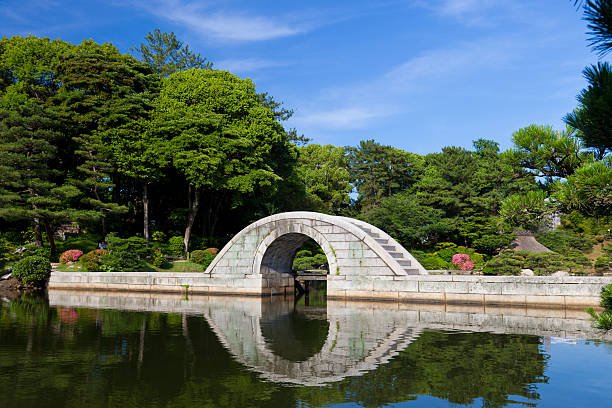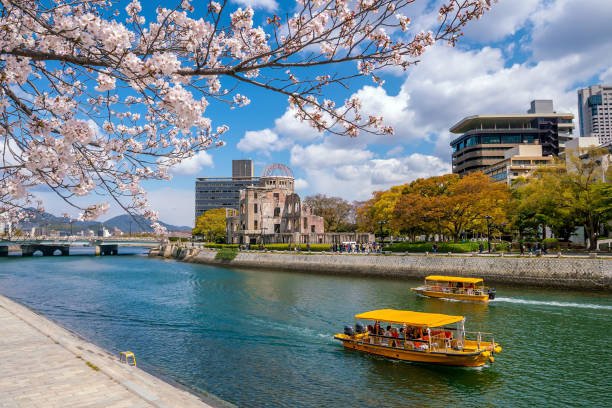Explore the profound story of Hiroshima, from the devastation of the atomic bomb to its remarkable journey of resilience and peace. Discover how this city transformed into a beacon of hope.
Introduction:
On August 6, 1945, the world witnessed one of the most devastating events in human history: the dropping of the atomic bomb on Hiroshima. This catastrophic moment not only changed the course of World War II but also left an indelible mark on humanity. Yet, amidst the destruction, Hiroshima’s story is one of resilience, rebuilding, and a commitment to peace that continues to inspire the world today.

1. The Day That Changed History
The atomic bombing of Hiroshima was a pivotal moment in world history, marking the first use of nuclear weapons in warfare.
Key Details:
- Immediate Impact: Over 140,000 people lost their lives by the end of 1945.
- Target and Aftermath: The bomb destroyed nearly everything within a 2-kilometer radius.
- Global Shock: The event highlighted the devastating power of nuclear weapons.
2. Hiroshima Peace Memorial Park
This park stands as a powerful symbol of peace and remembrance, attracting millions of visitors annually.
Highlights:
- Genbaku Dome: The preserved ruins of a building near the bomb’s epicenter.
- Peace Flame: A flame that will remain lit until all nuclear weapons are abolished.
- Children’s Peace Monument: A tribute to young victims, inspired by the story of Sadako Sasaki.

3. Visiting Hiroshima Today
Hiroshima offers a blend of historical reflection and modern attractions, making it a unique travel destination.
Must-See Locations:
- Hiroshima Castle: A reconstructed castle with a museum on the city’s samurai history.
- Shukkei-en Garden: A beautiful landscape garden symbolizing healing and renewal.
- Miyajima Island: Home to the iconic “floating” Torii gate and Itsukushima Shrine.
4. The Rebuilding of Hiroshima
Despite the overwhelming destruction, Hiroshima’s residents demonstrated incredible resilience in rebuilding their city.
Efforts:
- Physical Reconstruction: Urban development plans transformed Hiroshima into a modern city.
- Memorials and Museums: Sites like the Hiroshima Peace Memorial Park and Museum preserve the memory of the tragedy.
- Community Spirit: Survivors, known as hibakusha, played a crucial role in advocating for peace.

5. The Global Message of Hiroshima
Hiroshima has become a leading advocate for nuclear disarmament and global peace.
Initiatives:
- Mayors for Peace: A global network of cities promoting nuclear disarmament.
- Annual Peace Ceremony: Held every August 6 to remember the victims and reaffirm a commitment to peace.
- Educational Outreach: Programs that share survivors’ stories with the world.
Conclusion:
Hiroshima’s journey from devastation to a global symbol of peace serves as a powerful reminder of humanity’s resilience and capacity for change. As you walk through its memorials, parks, and vibrant streets, you’ll witness a city that not only remembers its past but also strives to build a future free from the shadows of war. Hiroshima’s story is a call to action for a more peaceful world.












